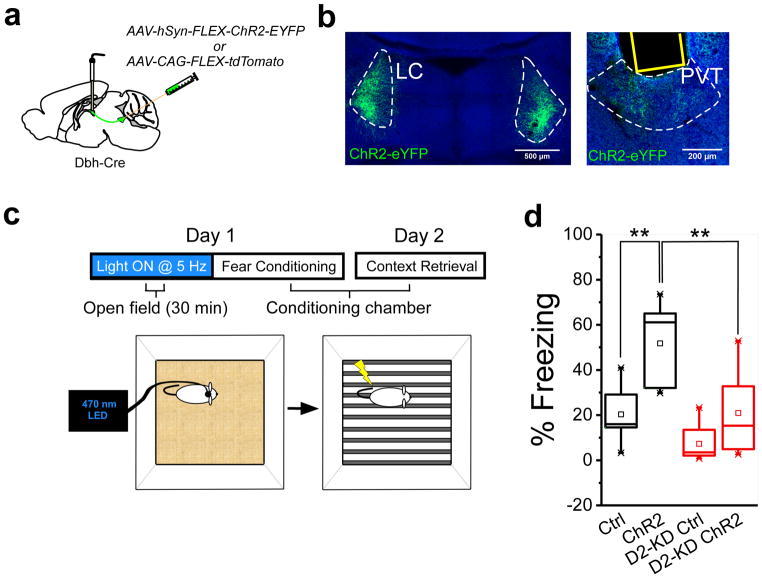Figure 7. Optogenetic stimulation of LC terminals in the pPVT prior to stress, enhances aversive memory formation.
a. Schematic of ChR2-expressing viral vector injections and optical fiber implantation for optogenetic activation of ChR2+ LC fibers in the pPVT. b. Representative image of ChR2 expression in the LC of Dbh-Cre mice and ChR2+ terminals in the pPVT. Assessment of viral expression was independently repeated fourteen times for this experiment (7 mice with ChR2 and 7 mice with ChR2 + Drd2-shRNA) and similar results were obtained. c. Schematic of the experimental setup for optogenetic stimulation of LC terminals in the pPVT (5Hz for 30) prior to fear conditioning (5 shocks, 0.4 mA). Fear memory to the conditioning context was tested the following day for both ChR2+ and control mice. d. Summary plot of freezing behavior during the fear memory retrieval for both ChR2+ and control mice. Quantification of freezing behavior during the fear memory retrieval for both D2 receptor intact (black boxes) and D2 receptor knockdown (D2 KD; red boxes) mice subjected to optogenetic stimulation of LC terminals in the pPVT. Percent of freezing, Ctrl, 20.34 ± 4.57, n = 7 mice; ChR2, 51.77 ± 6.77, n = 7 mice; D2 KD-Ctrl, 17.24 ± 10.31, n = 7 mice; D2 KD-ChR2, 20.94 ± 7.01, n = 7 mice; F(3,24) = 11.36, two-way ANOVA followed by Tukey’s test. Group comparisons: Ctrl vs ChR2, **P=0.003; D2-KD Ctrl vs D2-KD ChR2, P=0.33; ChR2 vs D2-KD ChR2, **P=0.004. Box chart legend: box is defined by 25th, 75th percentiles, whiskers are determined by 5th and 95th percentiles, and mean is depicted by the square symbol. Data shown as mean ± s.e.m.

